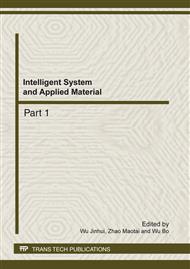p.773
p.778
p.784
p.789
p.794
p.799
p.804
p.809
p.814
Noise Prediction of Liquid Rocket Engine by the Software AutoSEA2
Abstract:
Because of the high-cost of the spaceflight launching, the reliability of the payload must be ensured in the high level acoustic energy produced by the first stage rocket engine. It’s the base for ensuring the normal work of the instruments during the lift-off. In this paper, the exhaust noise and the specific sound field produced by the liquid rocket engine on the ground-test system were measured, and the statistical energy analysis model was built to predict the noise environment of the rocket engine. In order to obtain the noise spectrum loaded on the fairing and the instrument cabin during the lift-off, two measurements were made and some measuring locations were set for each test. During the testing, the sound pressure level around the engine spout and the corresponding heights of the payload cabin were measured. By comparing the data derived from different measuring locations for the same measurement and the different measurements for the same location, the characteristics of the noise field was obtained. Results showed that the measured data agreed well with the predicted data used AutoSEA2 software.
Info:
Periodical:
Pages:
794-798
Citation:
Online since:
February 2012
Authors:
Price:
Сopyright:
© 2012 Trans Tech Publications Ltd. All Rights Reserved
Share:
Citation:


